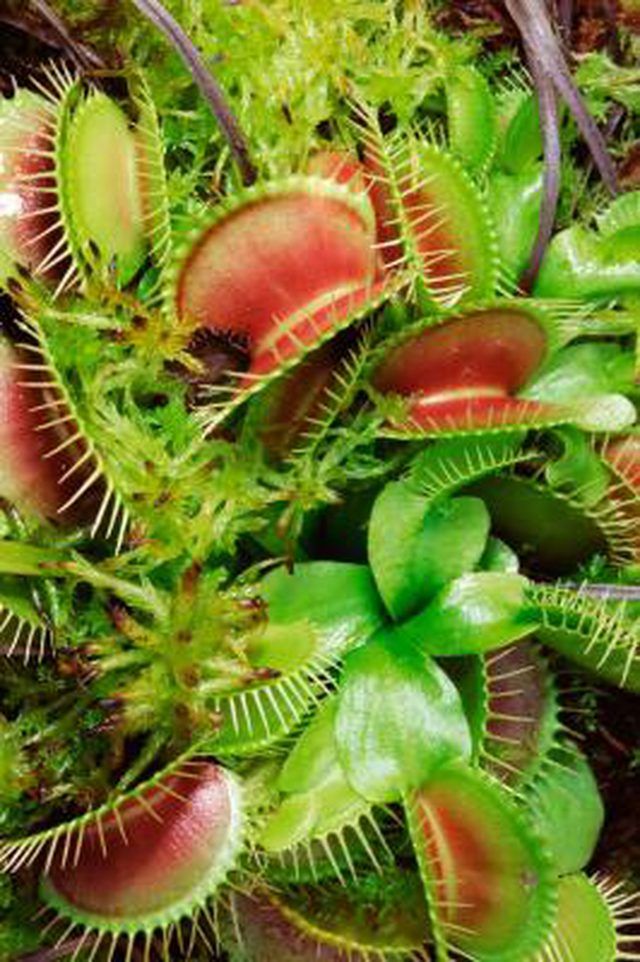Bulbs
Flower Basics
Flower Beds & Specialty Gardens
Flower Garden
Garden Furniture
Garden Gnomes
Garden Seeds
Garden Sheds
Garden Statues
Garden Tools & Supplies
Gardening Basics
Green & Organic
Groundcovers & Vines
Growing Annuals
Growing Basil
Growing Beans
Growing Berries
Growing Blueberries
Growing Cactus
Growing Corn
Growing Cotton
Growing Edibles
Growing Flowers
Growing Garlic
Growing Grapes
Growing Grass
Growing Herbs
Growing Jasmine
Growing Mint
Growing Mushrooms
Orchids
Growing Peanuts
Growing Perennials
Growing Plants
Growing Rosemary
Growing Roses
Growing Strawberries
Growing Sunflowers
Growing Thyme
Growing Tomatoes
Growing Tulips
Growing Vegetables
Herb Basics
Herb Garden
Indoor Growing
Landscaping Basics
Landscaping Patios
Landscaping Plants
Landscaping Shrubs
Landscaping Trees
Landscaping Walks & Pathways
Lawn Basics
Lawn Maintenance
Lawn Mowers
Lawn Ornaments
Lawn Planting
Lawn Tools
Outdoor Growing
Overall Landscape Planning
Pests, Weeds & Problems
Plant Basics
Rock Garden
Rose Garden
Shrubs
Soil
Specialty Gardens
Trees
Vegetable Garden
Yard Maintenance
Is a Venus Flytrap an Autotroph or Heterotroph?
Is a Venus Flytrap an Autotroph or Heterotroph?. Like all other plants, Venus flytraps harness solar energy through photosynthesis. Unlike other plants, however, Venus flytraps actively trap animal prey. Since they rely on sunlight for energy, they are still considered autotrophs.

Like all other plants, Venus flytraps harness solar energy through photosynthesis. Unlike other plants, however, Venus flytraps actively trap animal prey. Since they rely on sunlight for energy, they are still considered autotrophs.
Definition
A Venus flytrap is a carnivorous autotroph. Unlike heterotrophs, it can harness sunlight for energy. The flies are important but not essential to its survival.
Types
The energy source distinguishes autotrophs from heterotrophs. Most autotrophs use energy from sunlight to make organic compounds from CO2 and H2O through photosynthesis. Some autotrophs are chemotrophs, which rely on inorganic chemical energy. Heterotrophs, by contrast, can neither photosynthesize nor harness inorganic chemical energy and must consume other organisms to obtain the energy they need.
Misconceptions
Venus flytraps don't trap flies to obtain energy -- they obtain the energy they need through photosynthesis. They actually consume flies for nitrogen and other nutrients. This added nutrition is important because Venus flytraps naturally grow in nutrient-poor soils.